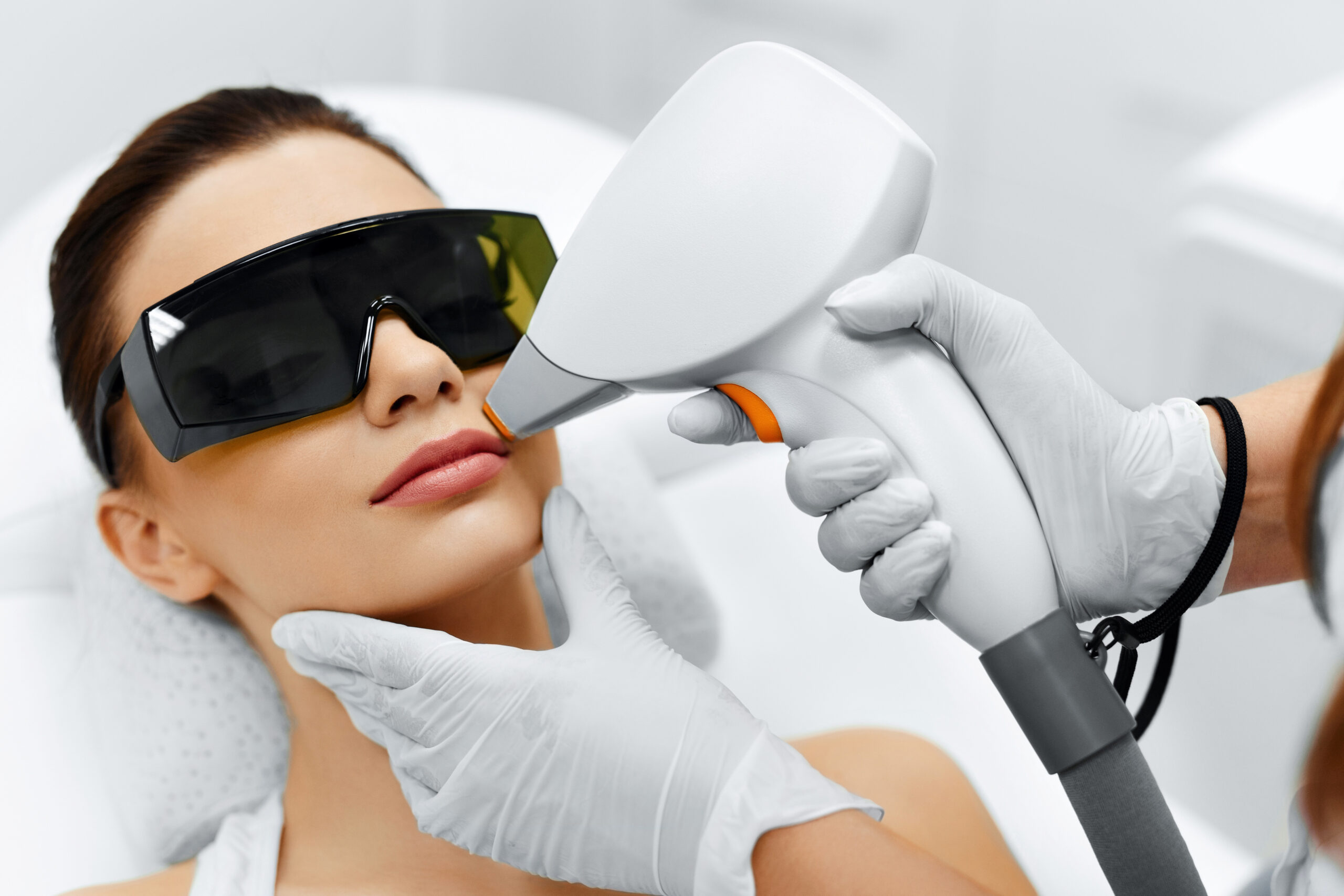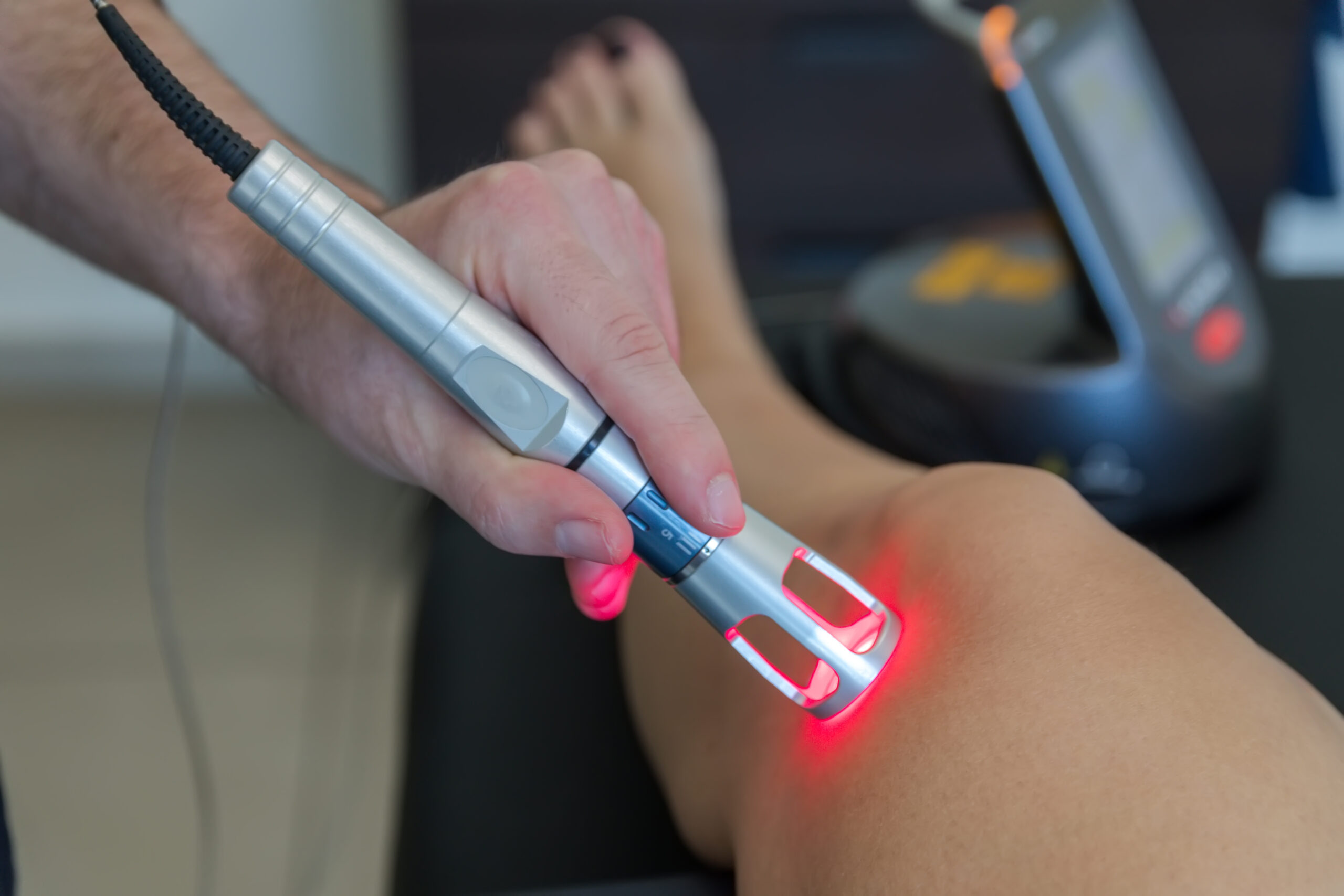
We all know the benefits of light: light therapy, synthesis of vitamin D, etc. But exposure to optical radiation can also pose risks to human skin and eyes. In the case of so-called non-ionizing artificial light sources, the wavelength, the intensity of the radiation, the duration of exposure can cause erythema, aging of the skin, damage to the cornea, the conjunctiva, or retina, even cancers. To avoid these effects, manufacturers and industrialists must comply with regulations and specific standards to protect users.
Apart from sunburn, the human body can be affected by optical radiation caused by both natural and artificial light. It is mainly the skin and eyes that are affected , which can have severe consequences on health.
LED lighting
LED lamps and luminaires are much less hazardous than other sources of light. They do not explode, heat, emit ultraviolet or infrared radiation, and are very durable. On the other hand, white LEDs, depending on their color temperature, can strongly emit short wavelength radiation (400 to 450 nanometers): the famous blue light.
Blue light has two significant physiological types of effects on the human body. These are optical, risks linked to damage and lesions of the retina from high luminance sources, and physiological (sleep disturbance, etc.), which can occur from lower exposures.
Systems incorporating lasers
Laser is an acronym for “light amplification by stimulated emission of radiation”, which can be otherwise written as “amplification of light by stimulated emission of radiation”.
The laser’s amplified light source, including the near-infrared and ultraviolet waves, is absorbed by the human eye depending on the type of laser and the duration of exposure. Effects on this organ can range from inflammation of the cornea or conjunctiva to damage to the lens and irreversible burns to the retina. The risks increase with lasers that do not emit in the visible spectrum because the eye cannot detect them: there is no eyelid reflex or self-protection. The risks also increase with short-pulse or ultra-short pulse lasers because these pulses can provide enough power to cause material to tear off; this is called the photoablation effect.

These light sources are used in many areas: domestic use, stage projectors, operating room lights, quality control, and machine vision, etc. However, sources of ultraviolet radiation can also be used in sterilization (water treatment, bacterial treatment in the food industry or the medical sector), phototherapy, lasers in the construction industry, polymerization of adhesives, etc. Facial recognition devices in smartphones also integrate laser sources ( read our article on VCSELs ).
The regulations on the subject are very stringent as there are significant risks to the health of users. Several levels of regulations and standards apply to regulate and limit the dangers to human health.
In France, as in the rest of Europe, manufacturers and manufacturers are required to comply with European regulations as well as application-specific regulations and so-called harmonized standards (“EN” standards).
To list just the main ones:
– European Directive 2006/25 / EC on minimum health and safety requirements relating to the exposure of workers to risks due to physical agents (artificial optical radiation).
– The EN 62471 standard governs LED sources and other light sources.
– The EN 60825 standard applies to lasers.
– Ophthalmic devices are subject to the ISO 15004 standard.
Piséo’s experts master a whole range of know-how in the optical measurement of light sources and, therefore, of their dangers. They know how to evaluate the risks associated with artificial optical radiation through calculations and simulations.
They perform tests in their lab, accredited ISO 17025 by COFRAC.
They thus support their customers in preventing optical risks during the design and qualification of their products. Their field of action ranges from calculations to recommendations for markings on products.
Piséo is also committed to the standardization committees of AFNOR , CENELEC , and IEC .
Participating in these commissions allows Piséo’s experts to be at the heart of the development of security standards. They participate in their writing, therefore know the specifics, and are always up to date with the latest scientific discoveries on biological risks.



